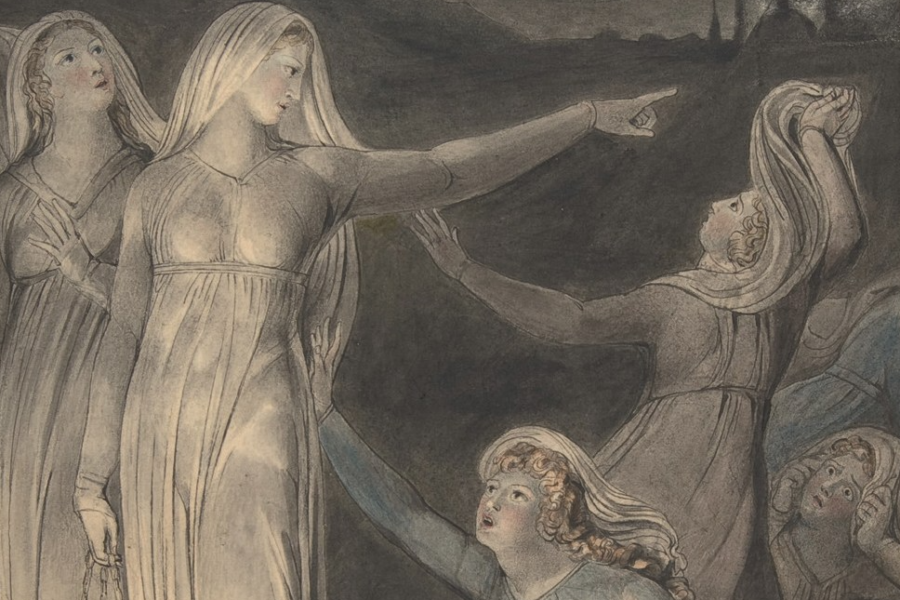History Has Its Eyes on You
Charles A. Gillespie finds dramatic clues to make our time together meaningful in dialogue with Hans Urs von Balthasar and theater.
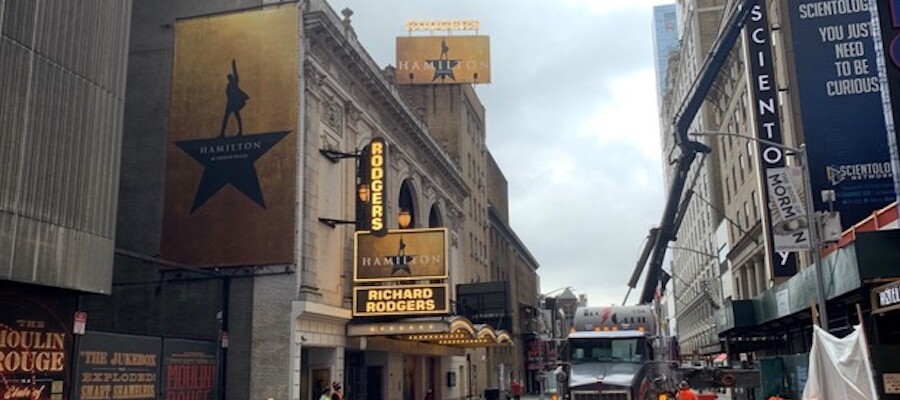
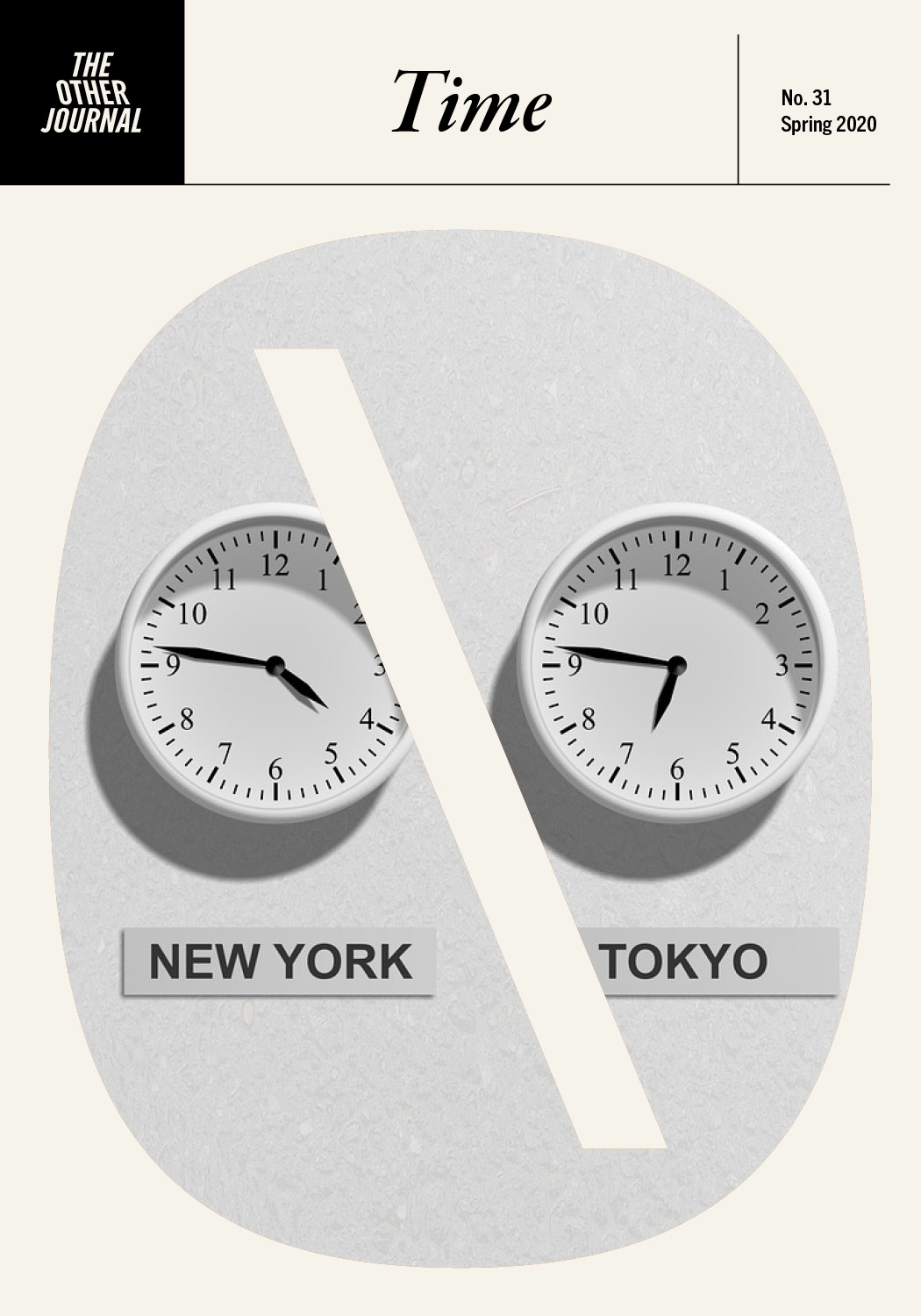
In this issue of The Other Journal, we take up the themes of time, history, and eschatology: What is the nature of time? How does time influence and shape the modern world and those who inhabit it? Is God in or out of time? What is the relationship between theology and history? How might historical investigation function in a theological register? How will time end? Or how does Christianity’s varied conceptions about the end of things influence our present moment?
Charles A. Gillespie finds dramatic clues to make our time together meaningful in dialogue with Hans Urs von Balthasar and theater.

Jo-Ann Badley asks whether N. T. Wright’s historical method can be foundational for his eschatological vision.
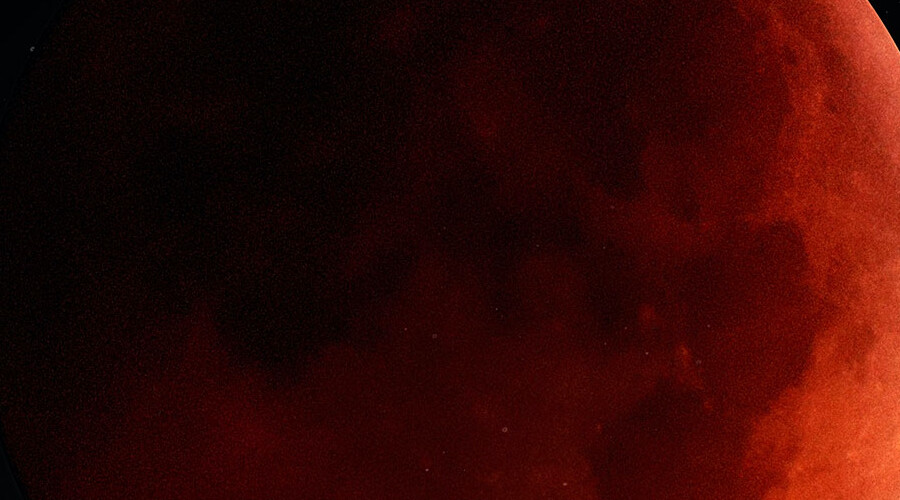
D. S. Martin offers his take on an angel’s take of a musical legend being taken.

Chelsea Sinclair Williams suggests that we put history in its place.
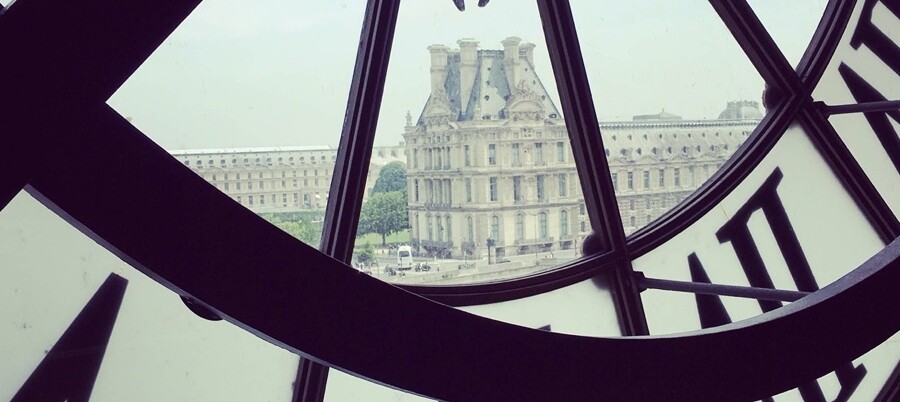
Megan Anna Neff recasts of our relationship to time using Martin Buber’s I/Thou and I/It framework.

Jo-Ann Badley patterns a response to COVID-19 on John’s account of Jesus’s death.
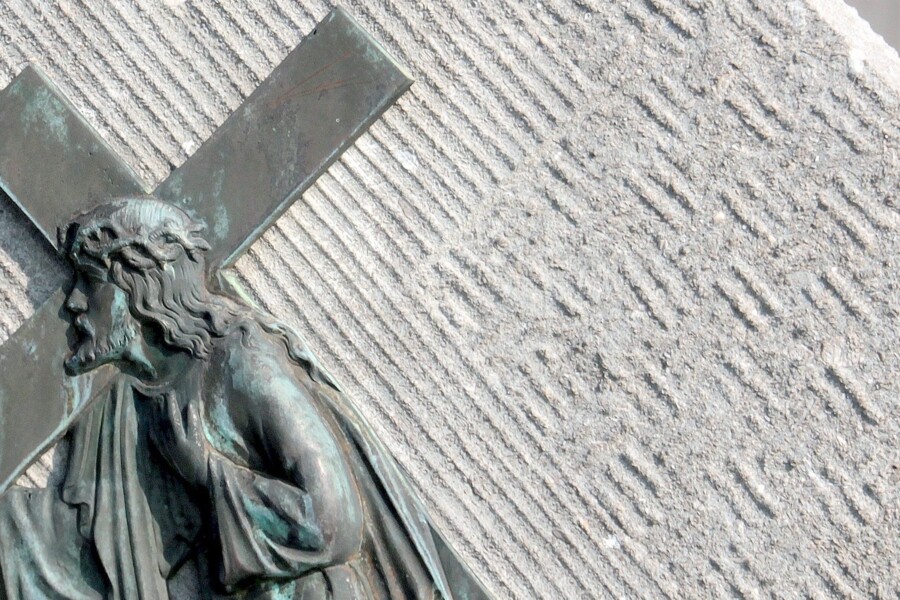
Emily Cool Greener offers a litany for the tumultuous times of the COVID-19 pandemic.

Marci Rae Johnson explores the paradox of desire and detachment.
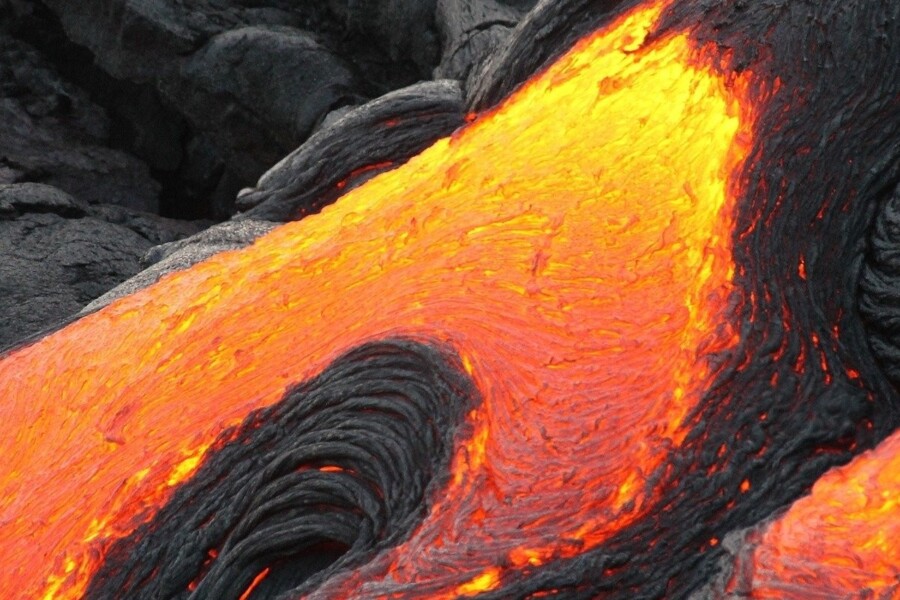
Marci Rae Johnson explores the Buddhist concept of thusness, of resting in the ordinary and the extraordinary.
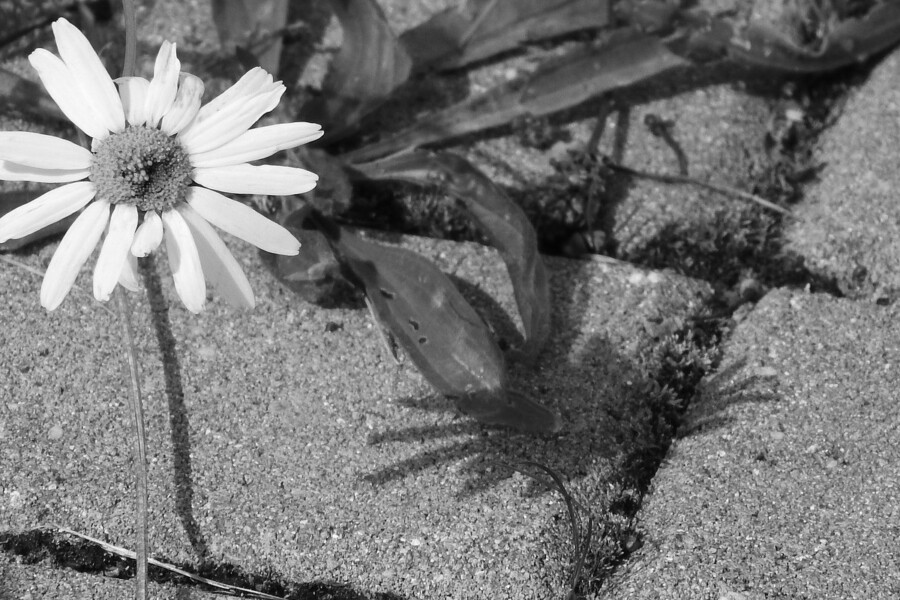
June Mears Driedger recounts the day she discovered the More-With-Less Cookbook and her life was changed.

Beth Jarvis writes about Sabbath, motherhood, and time.
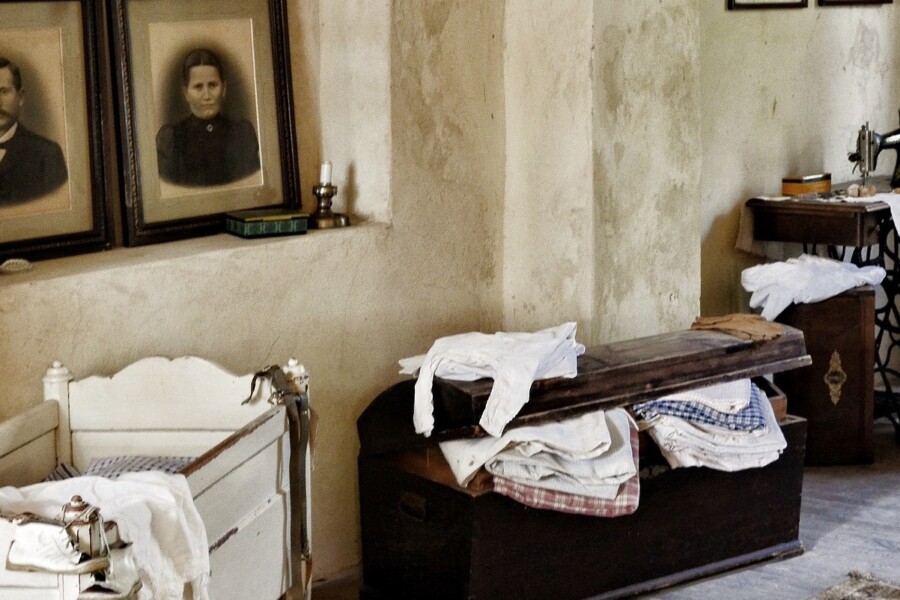
Sara E. Solberg reflects on the refugee crisis.
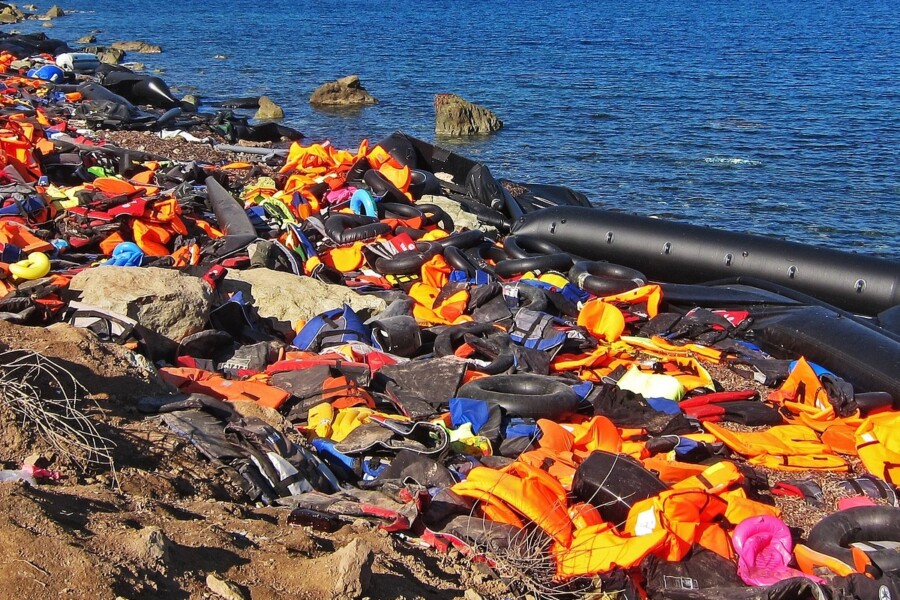
Sara E. Solberg pays homage to a forgotten martyr.

Mark Powell considers marriage, guilt, and designer chocolate milk.

Sarah L Sanderson pauses in the midst of an anxiety-filled wait for diagnostic surgery to wonder about the presence of God.

Hunter A. Bragg explores the political possibilities of irony, parody, and satire in relation to time and eternity.
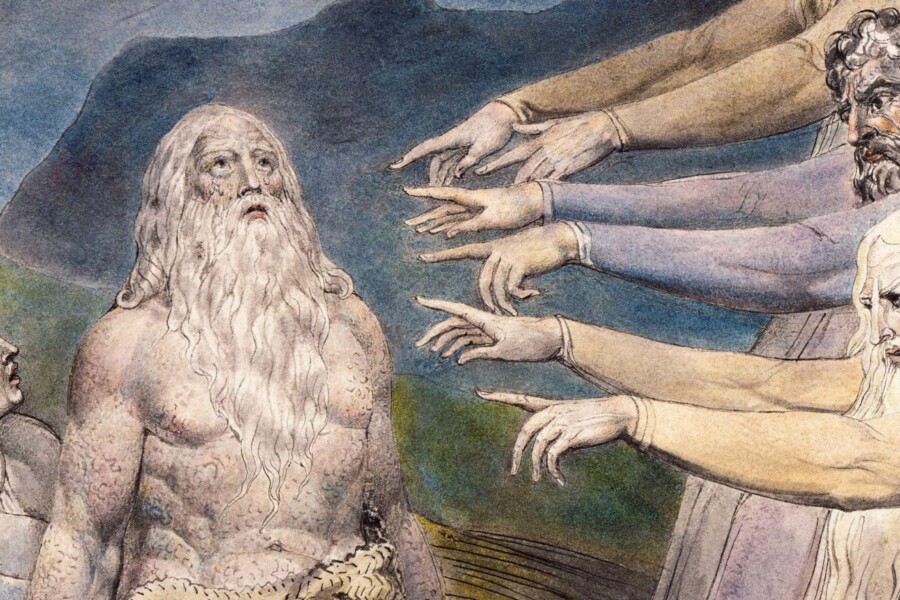
Heather Caliri contemplates serving the beast.

Mia Pohlman meditates on the gritty image of womanhood depicted in a painting of Our Lady of Częstochowa.
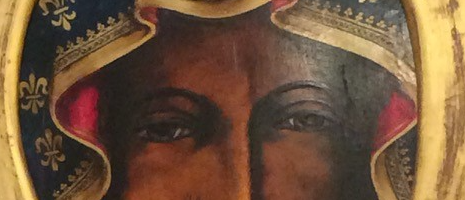
Jordan Baker suggests that Augustine’s philosophy of time can teach Christians how to engage science.
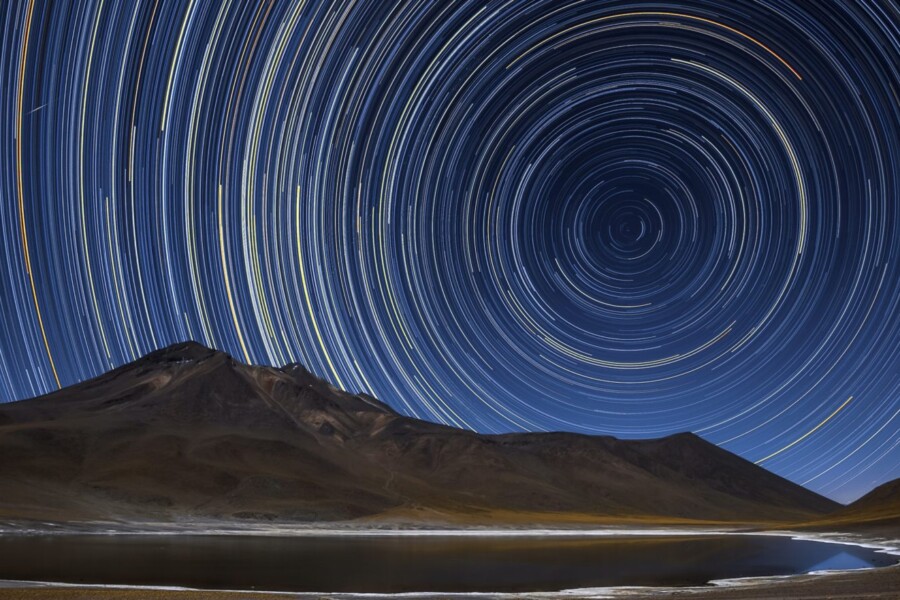
Marjorie Maddox imagines eschatology as a long, hard road.
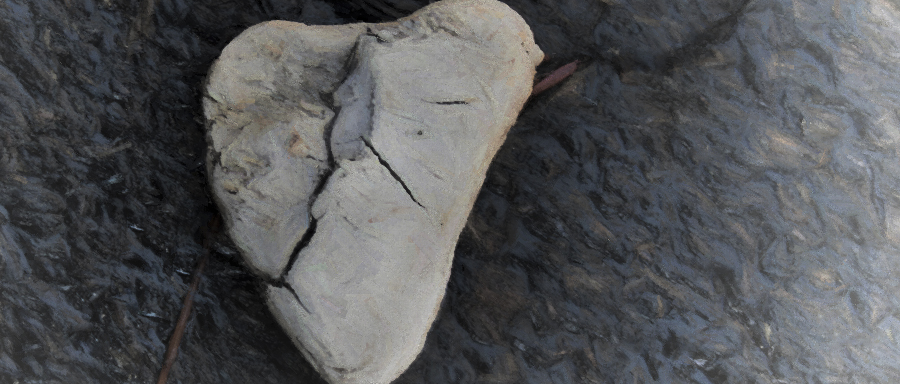
Gail Tyson explores how unplanned events illuminate our lives.
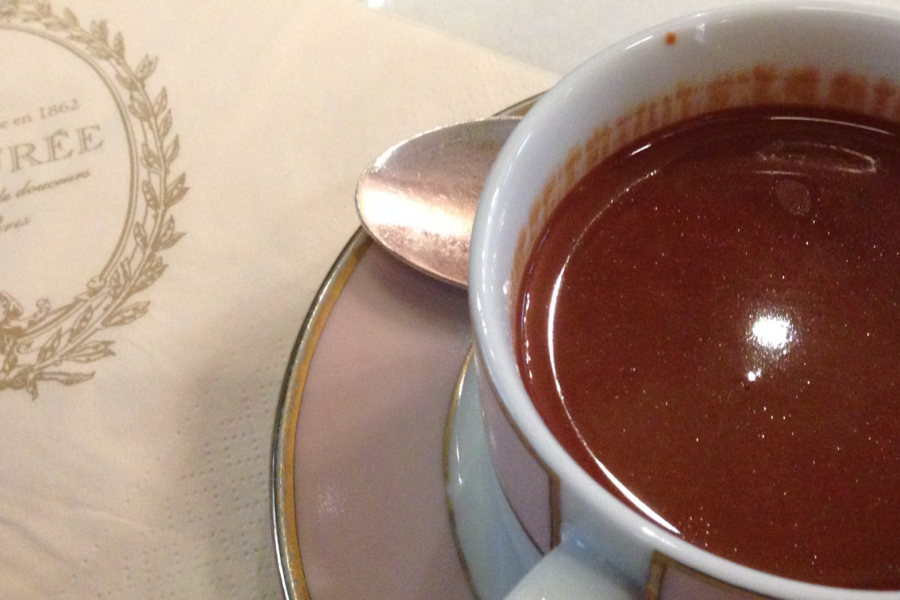
Patricia Smith reviews an inspirational book on writing and revision as spiritual practice.
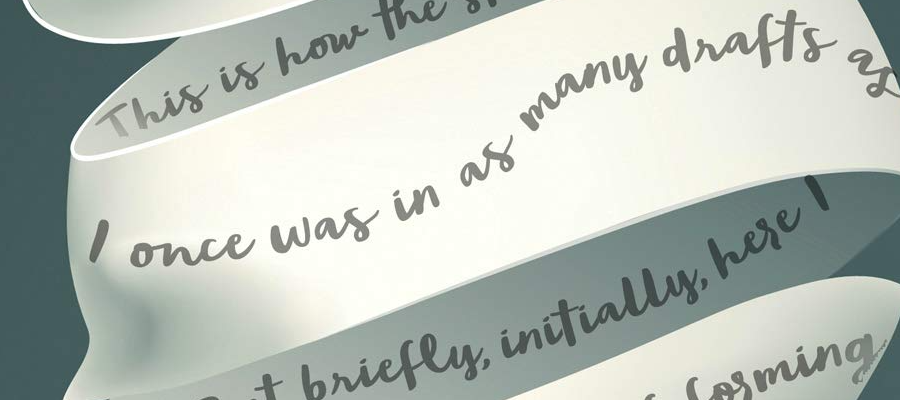
Deborah Lewer considers the painting The Adoration of the Kings in the Snow (Epiphany).
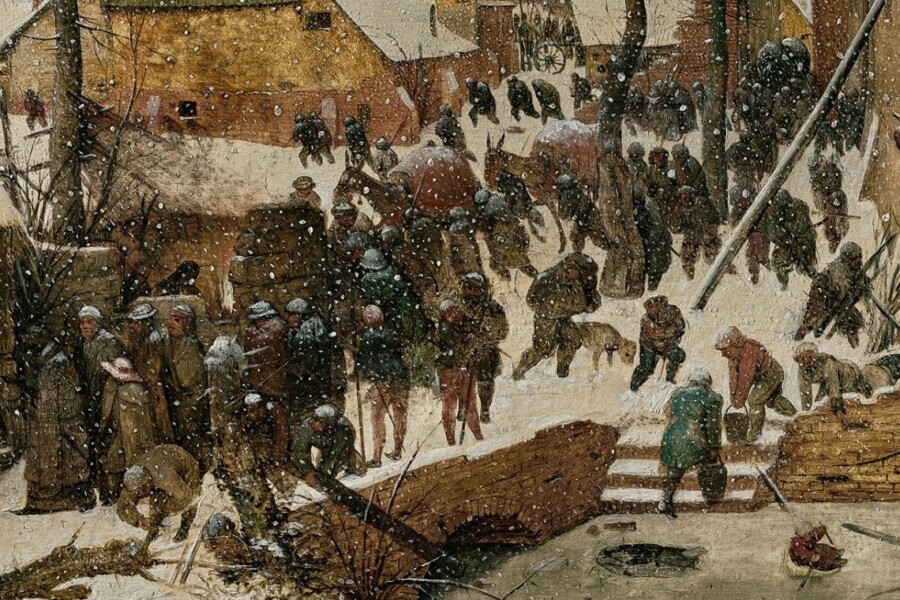
Samuel Andri constructively reimagines Christian friendship with the help of Saint Mary, the Blessed Mother of God.
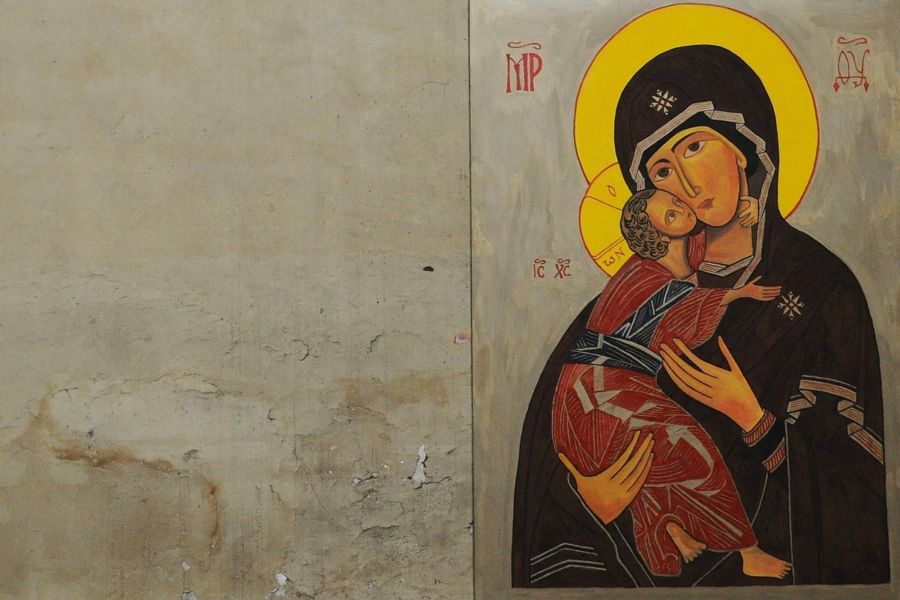
Jeff Gundy searches the past for signs and storms, for what shines and glows and glitters.
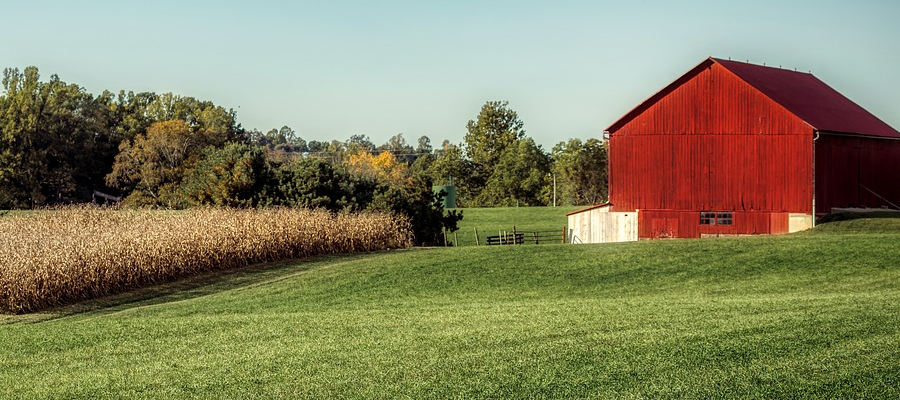
Jeff Gundy remembers an emotionally charged evening in the church of his youth.
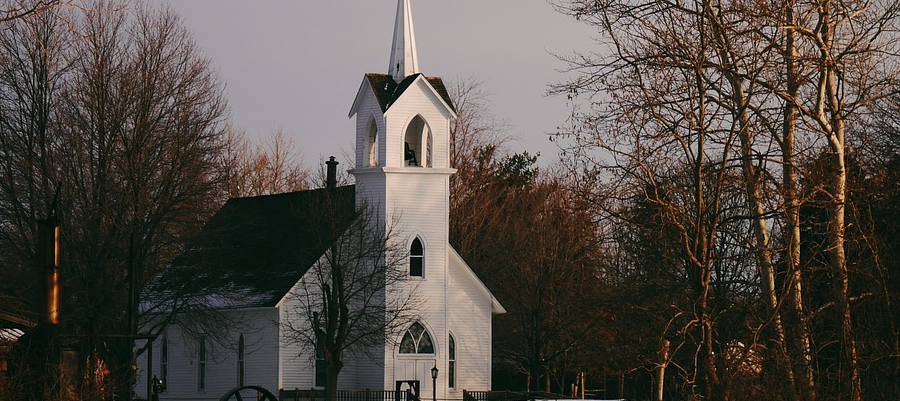
N. Ammon Smith proposes combatting loneliness by singing the Word.
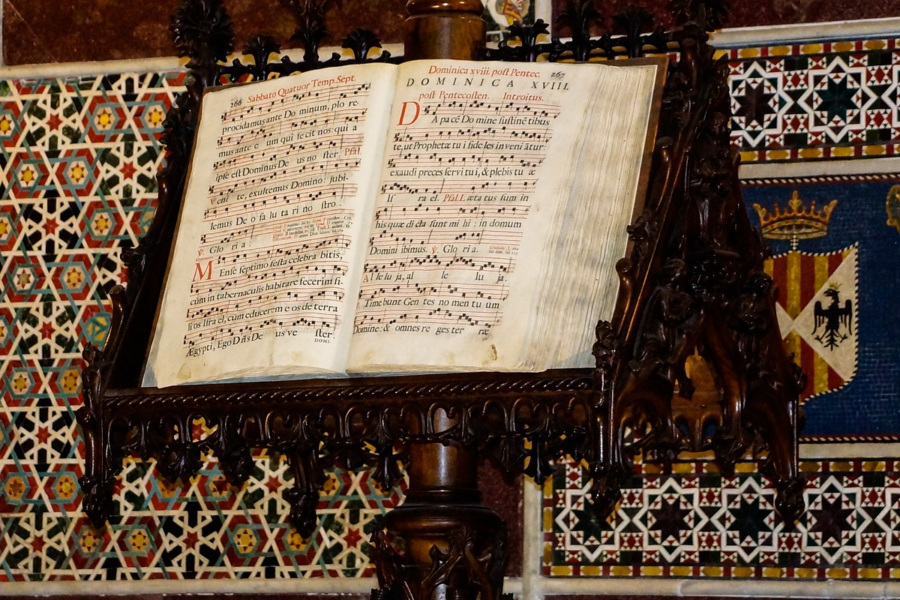
Kyle B. T. Lambelet considers the theological implications of the apocalyptic icon the Doomsday Clock.
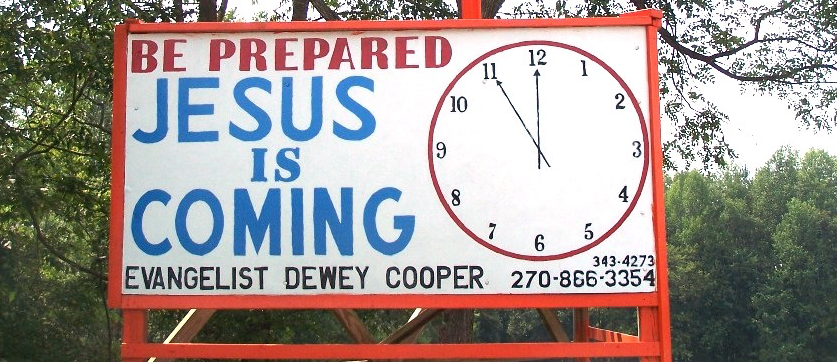
Cameron Morse looks for God in the dead of winter with his toddler son.
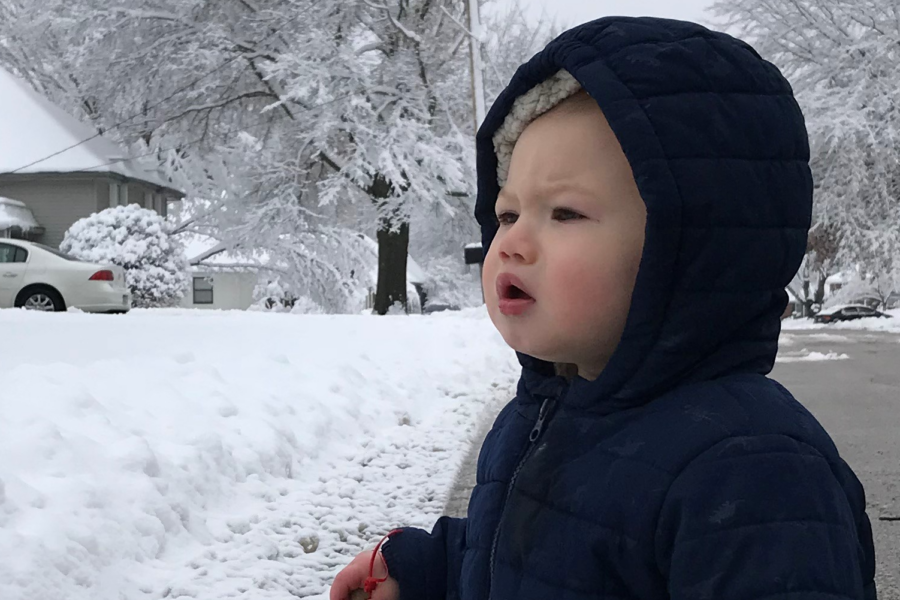
Cameron Morse carries his search for God to maggots after night rain.

James Owens discovers the overlap of time and grace in the flight of a moth.
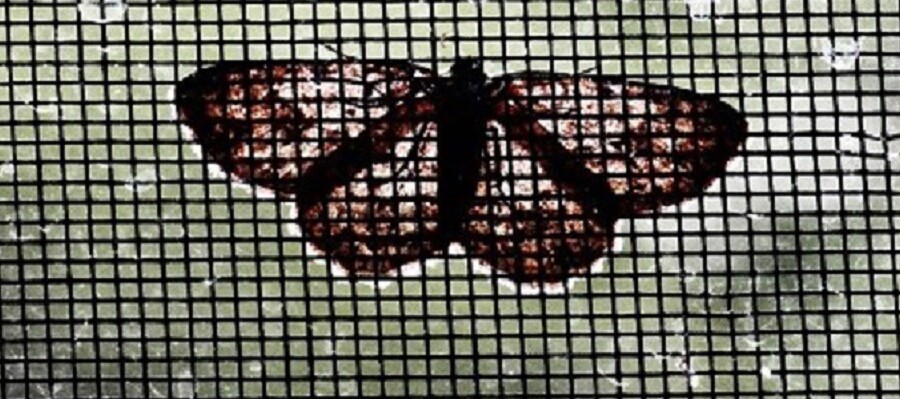
Andrew Arndt suggests a bridge between Augustine’s eschatological vision in City of God and his thoughts on divine eternity in Confessions.

Laura Foley reflects on time, dissolution, renewal, and change while walking El Camino in Spain.
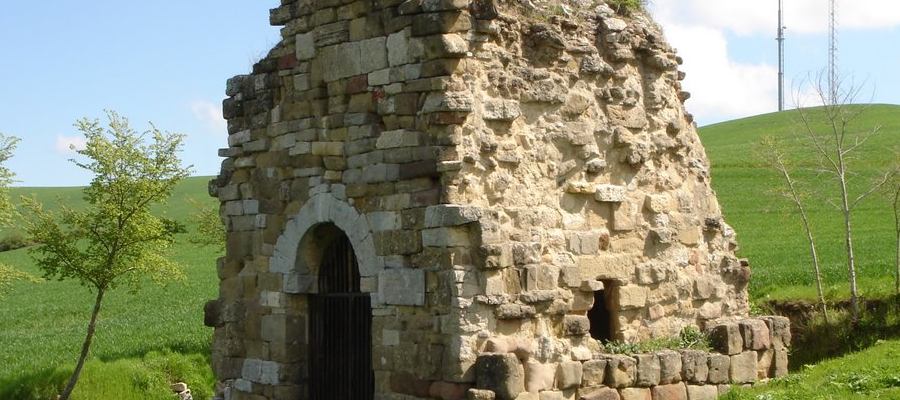
Michael Jimenez argues for reading Latin American literature to learn history.
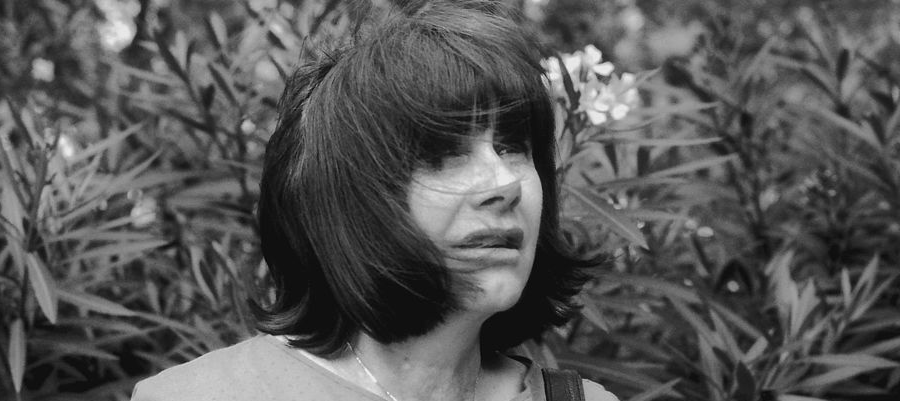
Maryann Corbett riffs on the various waters of life.

Stephen M. Otis learns from children in the woods that he can add years to his life.
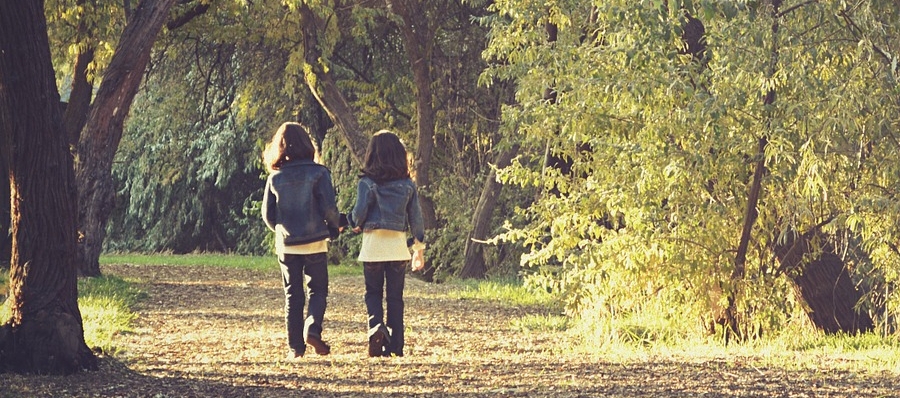
David J. Schmidt sees the face of Christ in the members of the migrant caravan.
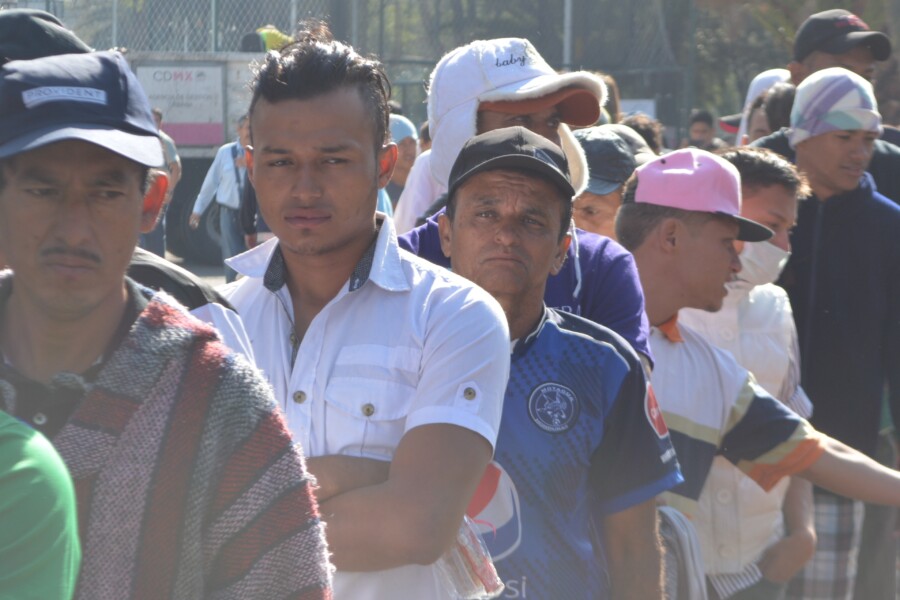
Andrew Arndt describes how Fleming Rutledge’s Advent takes us back to the soul of this critical and peculiar season.
